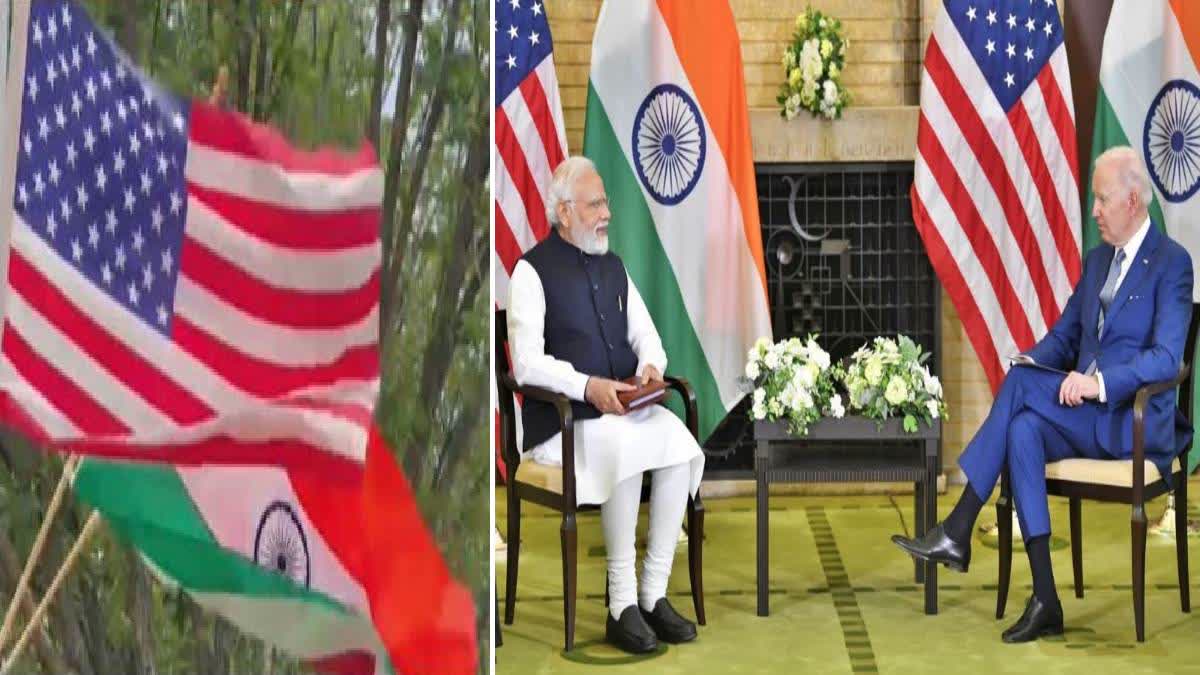New Delhi: China’s growing influence and aggression in the Indian and the Pacific oceans is a major factor that is driving the growing defence partnership between India and the US in the context of the Indo-Pacific region, experts say.
“The centrality of the India-US defence partnership is maintaining peace and security in the Indo-Pacific region,” Lt. Gen. (Retd.) Subrata Saha, former Member of the National Security Advisory Board and Deputy Chief of Army Staff, said at a workshop under the Defence News Conclave Project organized by the CUTS International think tank with the support of the US Consulate in Kolkata. “What is driving this partnership is China’s rise.”
The Indo-Pacific is a region that stretches from the east coast of Japan to the west coast of Africa. In the 21st century, with the rising involvement of the US in the new growth areas of Asia, the idea of the Indo-Pacific Economic Corridor (IPEC) emerged during the India-US Strategic Dialogue in 2013. Then US Secretary of State John Kerry referred to the potential of the Indo-Pacific Economic Corridor in transforming the prospects for development and investments as well as for trade and transit between the economies of South and Southeast Asia Indo-Pacific economic corridor.
India and the US share a Global Strategic Partnership. Over the years, India’s designation as a major defence Partner of the US, signing of a series of foundational defence-related agreements, and a large number of joint military exercises in the Indo-Pacific region have taken the India-US Defence and Security Partnership to new heights.
Saha said that the growing concentration of power in Chinese President Xi Jinping, China’s aggression in the South China Sea and towards the East Asian island nation of Taiwan, economic coercion of Australia, and expansionism along the Line of Actual Control (LAC) with India are among the reasons that are driving the defence ties between New Delhi and Washington.
Chintamani Mahapatra, Founder and Honorary Chairman of the Kalinga Institute of Indo-Pacific Studies, said the US today is the only superpower left in the world.
“Earlier, India had a non-aligned foreign policy which was by and large anti-American,” Mahapatra said. “But India’s economic opening up in June 1991, six months before the dissolution of the Soviet Union, sent an important message to the US. India was seen as a major destination for investments.”
